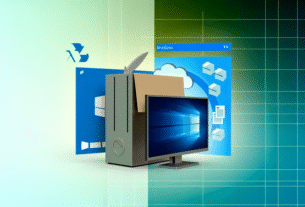There’s a peculiar kind of dread that comes with powering up a printer only to find it humming an ominous tune of locked-down firmware and subscription locks. For too long, our printing lives have been dictated by one-size-fits-all cartridges, rigid software updates, and hidden service fees. A growing community of tinkerers and sustainability advocates, however, is refusing to accept this status quo.
Enter the open-source printer: a fully transparent, repair-friendly device built from off-the-shelf components and driven by freely shared blueprints. Every board, belt and nozzle can be examined, swapped or upgraded, turning your printing station into a living workshop rather than a black box. From 3D-printed brackets to standard stepper motors, the design invites you to tweak performance parameters without fearing a voided warranty.
Beyond the thrill of hands-on customization, there’s a real economic payoff. Instead of replacing an entire unit when the control board goes out or the manufacturer discontinues support, you can source parts from local suppliers or even fabricate spares in your garage. In a world where electronics often turn into e-waste after minor failures, this approach promises to reduce landfill contributions and relieve budgetary headaches.
As someone who’s wrestled with expired firmware unlock codes and expensive service contracts, I find the open-printer movement deeply appealing. It aligns hardware with the ethos of open software—community collaboration, iterative improvement and shared ownership. Rather than waiting for a corporate patch, users can debug issues together and push out enhancements in real time.
Of course, the path to widespread adoption isn’t without obstacles. Novice users may be intimidated by assembly instructions or firmware flashing procedures. Ensuring consistent print quality across diverse builds will require rigorous documentation and active community support. Yet, these challenges mirror the early days of open-source operating systems—and they ultimately paved the way for mainstream success.
Looking ahead, one can imagine these printers connecting seamlessly to decentralized networks, enabling peer-to-peer sharing of new print heads or eco-friendly ink formulas. Extensions could include modular sensor arrays for real-time material feedback or hybrid setups that integrate laser engraving alongside traditional paper output. The very architecture invites unexpected innovations that legacy manufacturers might never consider.
Ultimately, the rise of repairable, customizable printers underscores a broader shift toward user empowerment and environmental responsibility. By taking control of our devices, we reclaim agency over technology and reduce wasteful consumption. If you’re tired of being locked out of your own hardware, now is the perfect moment to explore an open alternative—and join a community that prints without borders.




